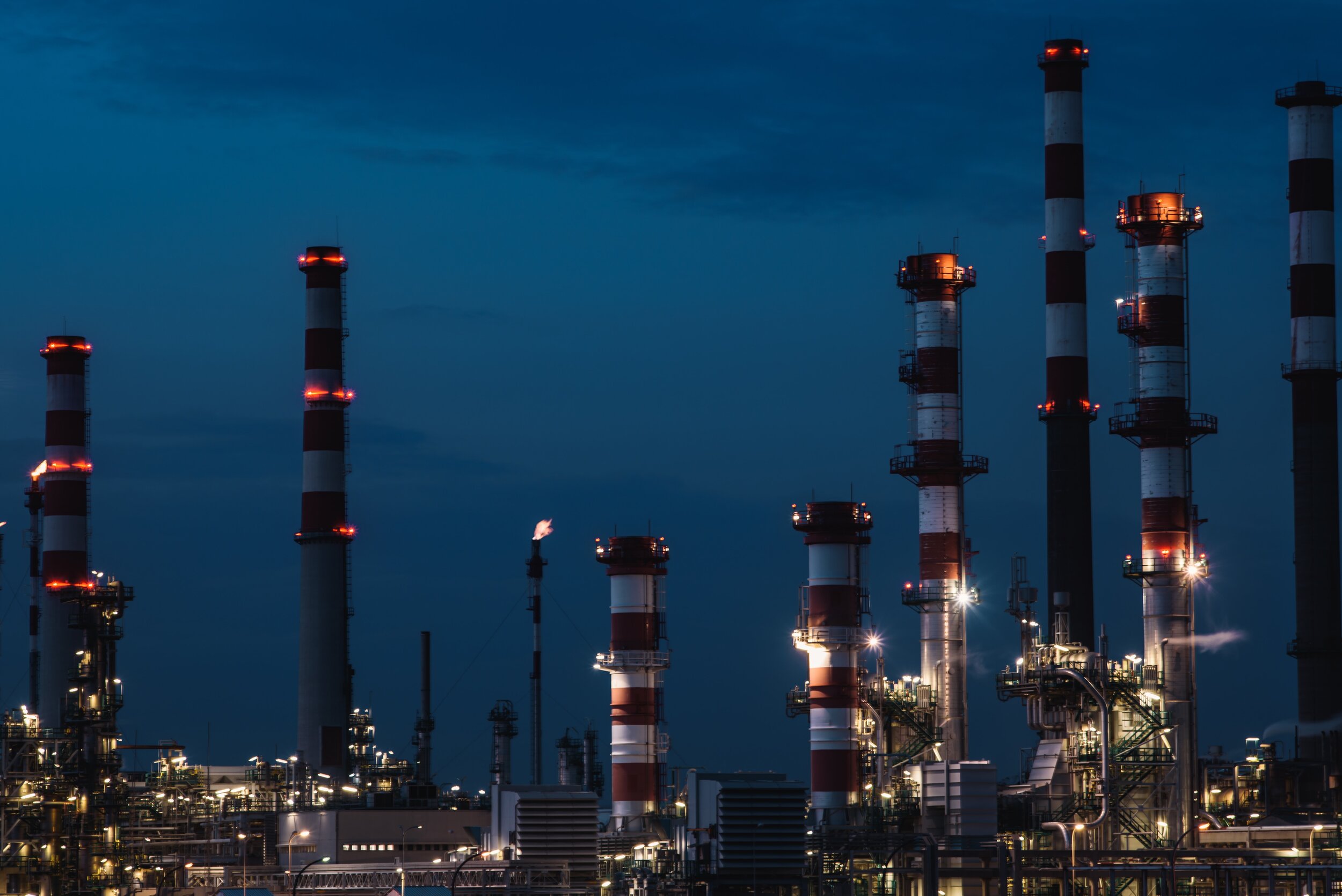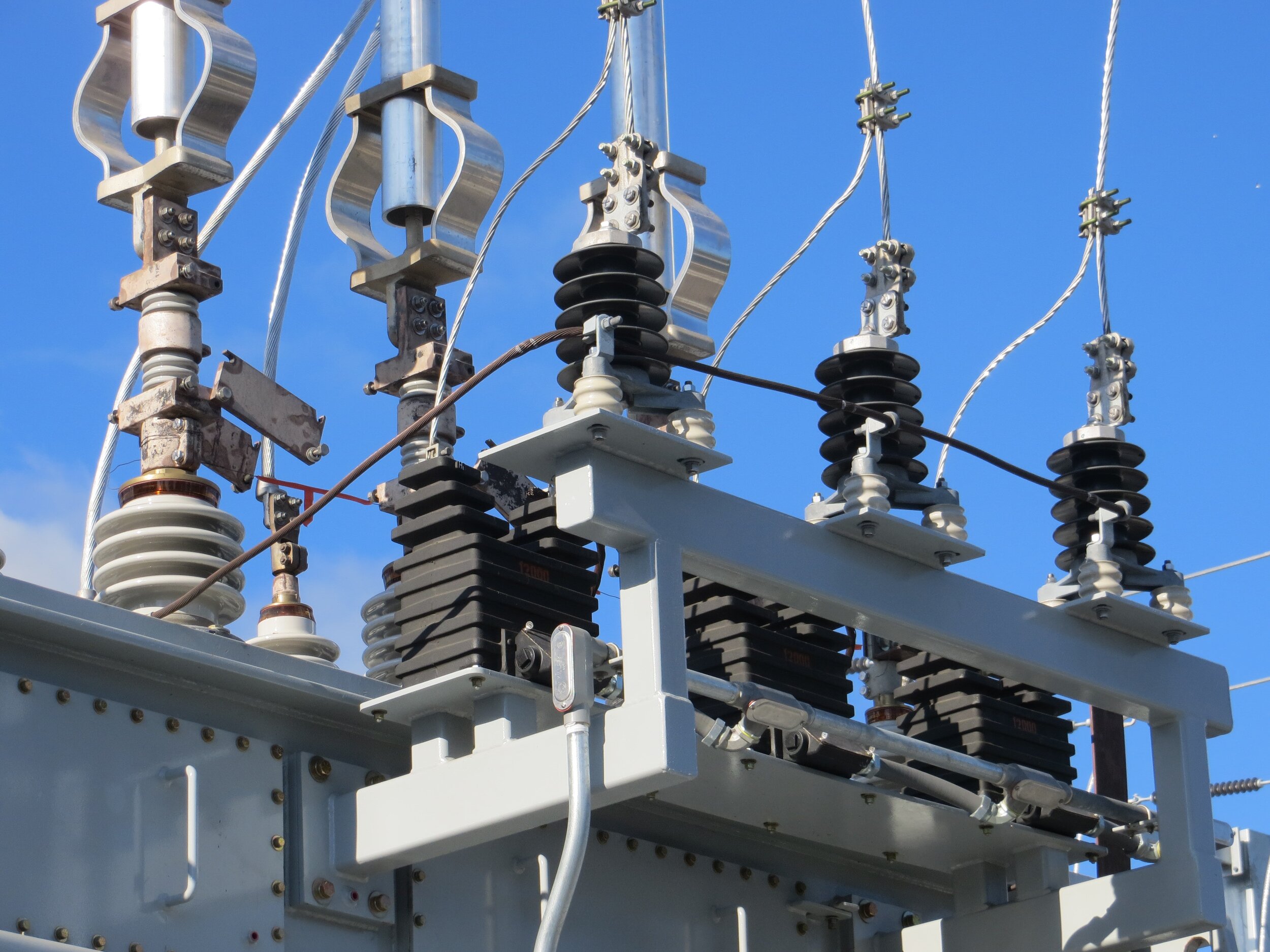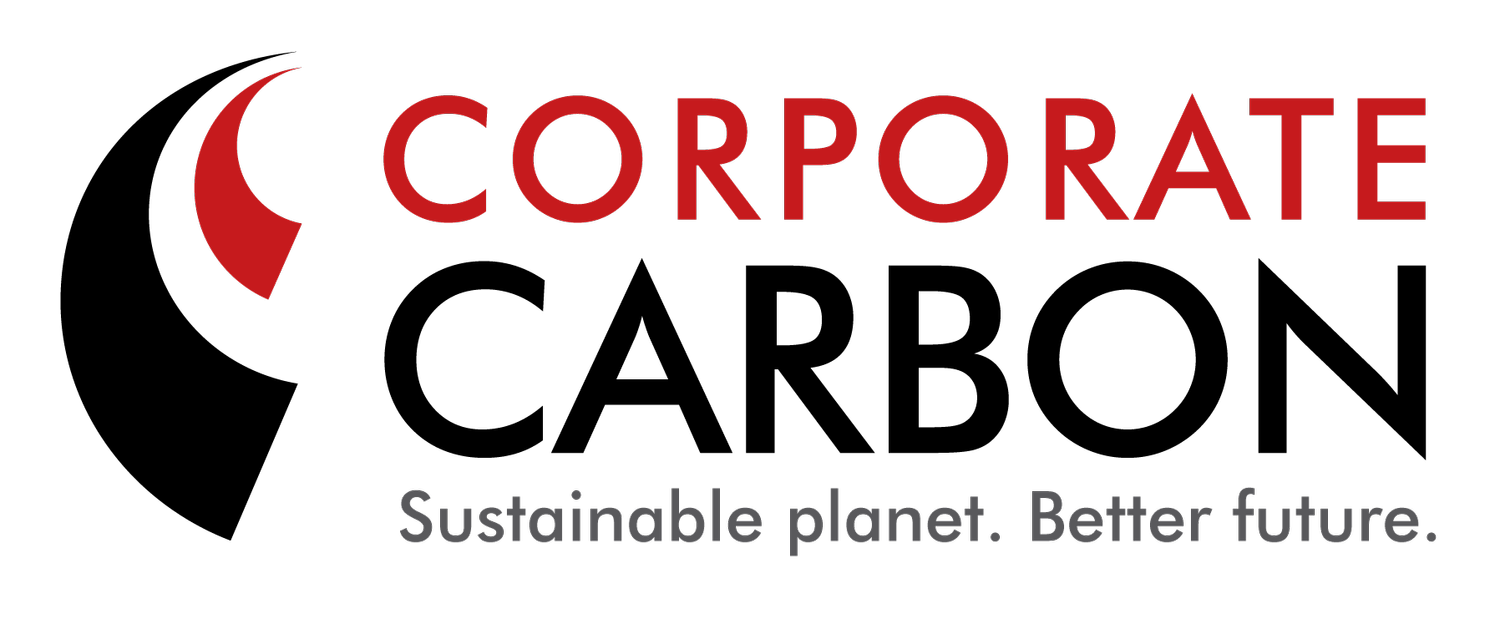
Industrial Carbon Emissions Reduction Project
Industrial Electricity and Fuel Efficiency
Project overview: how is carbon abated?
Industrial Electricity and Fuel Efficiency
The Industrial Electricity and Fuel Efficiency (IEFE) method aims to improve the efficiency of installed energy consuming equipment, thereby reducing emissions.
Activities can take part in a variety of sectors such as supermarkets, mines, warehouses, schools and many others. Examples of activities that this method allows include:
replacement or modification of boilers or heating, ventilation and air conditioning systems
improving control systems processes
waste capture and re-use
improving the efficiency of crushing or grinding equipment on mining sites
replacing low efficiency motors, fans and pumps with high efficiency versions
installing variable speed drives
improving compressed air process and fuel switching.
Projects can be a stand-a-lone or an aggregation.
To establish a project, proponents must:
determine and record newness of the project
establish baseline relevant energy and operating relevant energy
select baseline measurement periods
determine independent variable range
develop emissions model and monitoring
develop an emissions model for implementation using regression analysis.
The IEFE method is a highly technical method. Due to the complexity project participants that use technical expertise, such as the team at Corporate Carbon, are best placed.
Industrial Carbon Emissions Reduction Project
This is an aggregated project, which involves multiple operators that each have multiple sites. Locations of activities range all across Australia.
Corporate Carbon works with Resource Intelligence and Out Performers, as technical advisors to each operator.
Types of operation include:
industrial gases
logistics
manufacturing
broadcasting
telecommunications
utility, and
retail.
Project activities include:
modifying, removing or replacing existing energy consuming equipment
installing energy consuming equipment as part of replacing, modifying or augmenting existing energy consuming equipment
changing the way existing energy consuming equipment is controlled or operated
changing the energy sources or mix of energy sources used by existing energy consuming equipment
modifying, installing, removing or replacing equipment that affects the energy consumption of existing energy consuming equipment
installing equipment that generates electricity at a location where existing energy consuming equipment consumes electricity obtained from an electricity grid and the electricity generated by the installed equipment will be used in substitution for the electricity obtained from an electricity grid.
The project has generated >75,000 Australian Carbon Credit Units (ACCUs) to date. Each ACCU represents 1 tonne of carbon dioxide-equivalent emissions abated due to the project activities.
Learn more on the Clean Energy Regulator’s project page: Project ID ERF102191
Recording emissions
Energy recordings are measured on a monthly basis, with, in most cases, whole site energy measurements used, which means that all energy uses on site are included in the energy data. This process can assist in accurately recording emission reduction activity.
In addition, the team has sought external expertise, for the recording process, to ensure overall accuracy, including:
two Certified Verification and Measurement Professionals
two statisticians: one Australian Statistical Society Accredited Statistician and one with a background in NSW EPA and Energy Efficiency Opportunities Program statistical work.
Emission Reduction
There have been a range of energy efficiency improvements across the 248 sites.
Examples of emissions reduction activities in this project include:
installing electronic variable speed drives on large motors at a water distribution corporation, which reduces the annual electricity consumption and emissions
upgrading air heating, cooling and handling at a telecommunications organisation and improving control systems and processes to reduce energy needs
implementing natural gas fired boiler improvements at a sugar production company, including the installations of better economisers, along with reducing natural gas consumption
installing a heat exchanger to allow ‘recovery’ of heat, reducing gas consumption and emissions at a plasterboard manufacturer
upgrading variable speed drives and installing LED lighting at a national supermarket for a reduction of energy requirements
implementing a waste, heat capture and reuse installation for the manufacturing industry, which helps reduce overall emissions.
Project operations and outcomes
Energy Efficiency Activities
The Industrial Carbon Emissions Reduction Project operates on 248 sites across Australia. With operating partners including:
industrial gases
logistics
manufacturing
broadcasting
telecommunications
utility, and
retail.
The activities vary between operators, however the majority of improvements fall into similar categories such as improving variable speed drivers, lighting and/or air conditioning.
The following description of activity types are based on equipment and technology guides provided by the Australian Government’s Department of Industry, Science, Energy and Resources and are activities in this project.
Variable Speed Drives (VSD)
Electric motors have a range of industrial applications, including the operation of pumps, compressors and fans. Motors use substantial energy and can incur significant running costs. While they are generally inefficient, there is often significant potential for saving energy.
General areas for system optimisation include:
rationalisation or separation of existing production lines or processes
arrangement of machinery to minimise system distribution losses and facilitate energy recovery
ensuring pipes and ducts are of proper diameter to minimise friction
minimising pressure drop, including reducing flow obstructions, sharp bends, expansions and contractions
selecting low-loss valves and fittings
ensuring driven machinery is operated at optimal efficiency points, and specified for task
ensure all system components and filters are clean.
For more information visit the Australian Government’s Department of Industry, Science, Energy and Resource.
Heating, Ventilation and Air Conditioning (HVAC)
HVAC systems typically account for as much as 30% of energy use and costs in commercial buildings and office spaces. Several technologies for heating and cooling exist, including reverse cycle air conditioners, electric space heaters, wood-burners and ducted gas heating.
Methods for reducing demand for HVAC include:
improved building insulation
high-performance window glazing
natural ventilation
external window shading
proper window coverings.
For more information visit the Australian Government’s Department of Industry, Science, Energy and Resource.
Lighting
Lighting can consume up to 40% of energy in commercial premises, depending on the nature of the business and type of lighting used.
For more information visit the Australian Government’s Department of Industry, Science, Energy and Resource.
Lighting Emitting Diodes (LEDs)
LEDs use up to 75% less energy and emit 90% less CO2 than the old halogens. They also last up to 25 times as long, which greatly reduces the need for changing or maintenance. This is especially useful where fittings are difficult to access.
LEDs also generate less heat than halogens meaning the load on air conditioning is reduced.
LEDs emit 50% less CO2 than compact fluorescent lights (CFLs) and, unlike CFLs, don't contain toxic mercury.
For more information visit the Australian Government’s Department of Industry, Science, Energy and Resource.
Waste Heat Recovery
Waste heat minimisation and recovery are two of the most effective ways to reduce energy costs and greenhouse gas emissions. Reducing heat loss not only lowers energy and maintenance costs, but can also minimise emissions of air pollutants and improve the productivity of furnaces, ovens and boilers.
Generation technologies that harness waste heat, such as co-generation and waste heat to power (WHP) have the potential to produce electricity below the price charged by the electricity provider. These technologies reduce dependency on external energy inputs.
For more information visit the Australian Government’s Department of Industry, Science, Energy and Resource.
Industry 4.0
Industry 4.0 is the name used for the emerging ’fourth industrial revolution’ and refers to the digitalisation of manufacturing industry technologies and processes. While Industry 3.0 focused on the performance of single machines and processes, Industry 4.0 is concerned with integration across the entire production value chain.
Technologies relevant to Industry 4.0 include:
smart sensors
big data analytics and advanced algorithms
advanced robotics
Internet of Things (IoT) platforms
mobile devices
location detection technologies
advanced human-machine interfaces
3D printing
multilevel customer interaction and customer profiling
cloud computing and data visualisation
virtual and augmented reality.
Industry 4.0 offers opportunities to save energy while improving energy productivity, and may help manufacturers remain competitive in tight markets.
For more information visit the Australian Government’s Department of Industry, Science, Energy and Resource.
Co-benefits: data integration and smart systems
Data integration is a key component at some of the sites where weather data has been integrated into the location to predict energy needs, which has a flow on effect to consumer and employee comfort at those locations.
Learn about other ways that new energy efficiency systems are being integrated into the National Energy Market with this short video from the Australian Energy Market Operator.







Co-benefits: reduced heat loads
Urban Heat Islands: A Project Perspective on Change
Our team works on a range of projects including improving energy efficiency at building locations across the country. These project activities assist in reducing heat in the surrounding community, improving air quality and much more.
Carbon projects like this play an important part in our climate goals and ambitions.






Project overview: United Nations Sustainable Development Goals (UN SDGs)
Clean water and sanitation
Reducing energy and fuel needs, including the implementation of waste, heat capture and reuse limits the amount of harmful pollutants that leach into the environment.
The activities align with the following UN SDG targets and indicators:
Target
6.3: By 2030, improve water quality by reducing pollution, eliminating dumping and minimizing release of hazardous chemicals and materials, halving the proportion of untreated wastewater and substantially increasing recycling and safe reuse globally.
Indicators
6.3.2: Proportion of bodies of water with good ambient water quality.
Affordable and clean energy
By implementing energy efficient technology into the operations of project participants, overall energy efficiency has been improved.
In addition the trial of new technologies and integration of these systems into the daily operations of each operator, and to its interaction with the grid, positions it as a leading component of a national smart energy system.
The activities align with the following UN SDG targets and indicators:
Target
7.2: By 2030, increase substantially the share of renewable energy in the global energy mix.
Indicators
7.2.1: Renewable energy share in the total final energy consumption.
Target
7.3: By 2030, double the global rate of improvement in energy efficiency.
Indicators
7.3.1: Energy intensity measured in terms of primary energy and GDP.
Decent work and economic growth
Improved technology efficiency in the operations of the participants businesses has been achieved. Importantly the project activities limit environmental degradation particularly because older forms of technology have been replaced or upgraded. This limits adverse effects from older units. The installations provide less impact on the planet.
The activities align with the following UN SDG targets and indicators:
Target
8.2: Achieve higher levels of economic productivity through diversification, technological upgrading and innovation, including through a focus on high-value added and labour-intensive sectors.
Indicators
8.2.1: Annual growth rate of real GDP per employed person.
Target
8.4: Improve progressively, through 2030, global resource efficiency in consumption and production and endeavour to decouple economic growth from environmental degradation, in accordance with the 10-year framework of programmes on sustainable consumption and production, with developed countries taking the lead.
Indicators
8.4.1: Material footprint, material footprint per capita, and material footprint per GDP.
8.4.2: Domestic material consumption, domestic material consumption per capita, and domestic material consumption per GDP.
Industry, innovation and infrastructure
Similarly to SDG8, above, the participants operations are achieving SDG targets that create opportunity for a reduction of impact at a community level. Improvements in innovation of businesses, for instance, is enabling less pollution to be generated from operations.
The activities align with the following UN SDG targets and indicators:
Target
9.4: By 2030, upgrade infrastructure and retrofit industries to make them sustainable, with increased resource-use efficiency and greater adoption of clean and environmentally sound technologies and industrial processes, with all countries taking action in accordance with their respective capabilities.
Indicators
9.4.1: CO2 emission per unit of value added.
Sustainable cities and communities
Improving operational efficiency of the project participants’ businesses limits adverse effects of outdated and polluting technology run in cities and communities. An uptake of energy efficient methods leads to better air quality in the long term. Continual improvements in this space can lead to solutions for health and the environment.
The activities align with the following UN SDG targets and indicators:
Target
11.6: By 2030, reduce the adverse per capita environmental impact of cities, including by paying special attention to air quality and municipal and other waste management.
Indicators
11.6.2: Annual mean levels of fine particulate matter (e.g. PM2.5 and PM10) in cities (population weighted).
Responsible consumption and production
Correct project documentation requires ongoing reports on the sustainable processes put in place. Stakeholders that are involved in this process have publicly encouraged a larger industry transition, which is enabling a sector wide move toward sustainable reports and climate commitment.
The activities align with the following UN SDG targets and indicators:
Target
12.6: Encourage companies, especially large and transnational companies, to adopt sustainable practices and to integrate sustainability information into their reporting cycle.
Indicators
12.6.1: Number of companies publishing sustainability reports.
Climate action
The reduction of GHG emissions from industry is a core component of operations in this project. Air pollution levels have been improved through new implementation of sustainable practices and ground and water benefits have also been achieved.
The activities align with the following UN SDG targets and indicators:
Target
13.2: Integrate climate change measures into national policies, strategies and planning.
Indicators
13.2.1: Number of countries that have communicated the establishment or operationalization of an integrated policy/strategy/plan which increases their ability to adapt to the adverse impacts of climate change, and foster climate resilience and low greenhouse gas emissions development in a manner that does not threaten food production (including a national adaptation plan, nationally determined contribution, national communication, biennial update report or other).
Life below water
Similarly to SDG 6 the reduction of pollution through the improvement of technology used in industry has a positive effect on the environment.
The activities align with the following UN SDG targets and indicators:
Target
14.1: By 2025, prevent and significantly reduce marine pollution of all kinds, in particular from land-based activities, including marine debris and nutrient pollution.
Indicators
14.1.1: Index of coastal eutrophication and floating plastic debris density.
Life on land
By implementing sustainable practices in industry operations throughout this project less impact is made to fauna and flora across Australia.
The activities align with the following UN SDG targets and indicators:
Target
15.5: Take urgent and significant action to reduce the degradation of natural habitats, halt the loss of biodiversity and, by 2020, protect and prevent the extinction of threatened species.
Indicators
15.5.1: Red List Index.
Sources of demand for ACCUs
There are multiple possible sources of demand for the Australian carbon credit units (ACCUs) generated by Emissions Reduction Fund projects, including:
Voluntary markets
State and territory governments.
For more information about the sources of demand for ACCUs, see the Clean Energy Regulator’s presentation “Sourcing ACCUs in the market”.
Emissions Reduction Fund auctions
Emissions Reduction Fund participants with a registered project may bid for a contract to sell their Australian carbon credit units to the Clean Energy Regulator. The Clean Energy Regulator will run auctions to select bidders according to price.
Contract holders may also purchase ACCUs from un-contracted projects to meet contractual obligations.
Safeguard mechanism
Under the safeguard mechanism, particular facilities are required to keep their emissions at or below a baseline set by the Clean Energy Regulator.
Safeguard facilities who exceed their emissions baseline are able to surrender ACCUs to offset excess emissions.
Both Kyoto and non-Kyoto ACCUs can be used as credits under the safeguard mechanism.
Read more about the safeguard mechanism.
Other markets
Organisations may wish to voluntarily offset their emissions for meeting certification under the Climate Active Carbon Neutral Certification Standard (formerly the National Carbon Offset Standard).
State and territory governments are also seeking to be carbon neutral and may source ACCUs to offset their emissions.
Purchasing ACCUs from the Intermodal Emissions Reduction project
Corporate Carbon Advisory have the rights to sell/retire ACCUs for this project. This includes the right to bid for an auction contract and to sell it as a credit on the voluntary market to assist organisations in meeting certification under Climate Active, or similar, standards.
Contact the team to learn about current availability of Intermodal Emissions Reduction ACCUs.
Participating in IEFE projects
There is a unique opportunity to become involved in IEFE projects with Corporate Carbon.
Organisations and/ or individuals who are involved with large industry can join our aggregated projects to generate ACCUs as part of the Climate Solutions Fund.
If you are looking to improve your organisation/ building, or similar, efficiency by:
replacement or modification of boilers or heating, ventilation and air conditioning systems
improving control systems and processes
waste heat capture and re-use
improving the efficiency of crushing or grinding equipment on mining sites
replacing low efficiency motors, fans and pumps with high efficiency versions
installing variable speed drives (VSDs)
improving compressed air processes, and
fuel switching.
You may be eligible to participate.
Contact the team to learn more about this unique pathway to gain economic benefits and environmental certification.
All photographs and content have been approved for use on this webpage.













